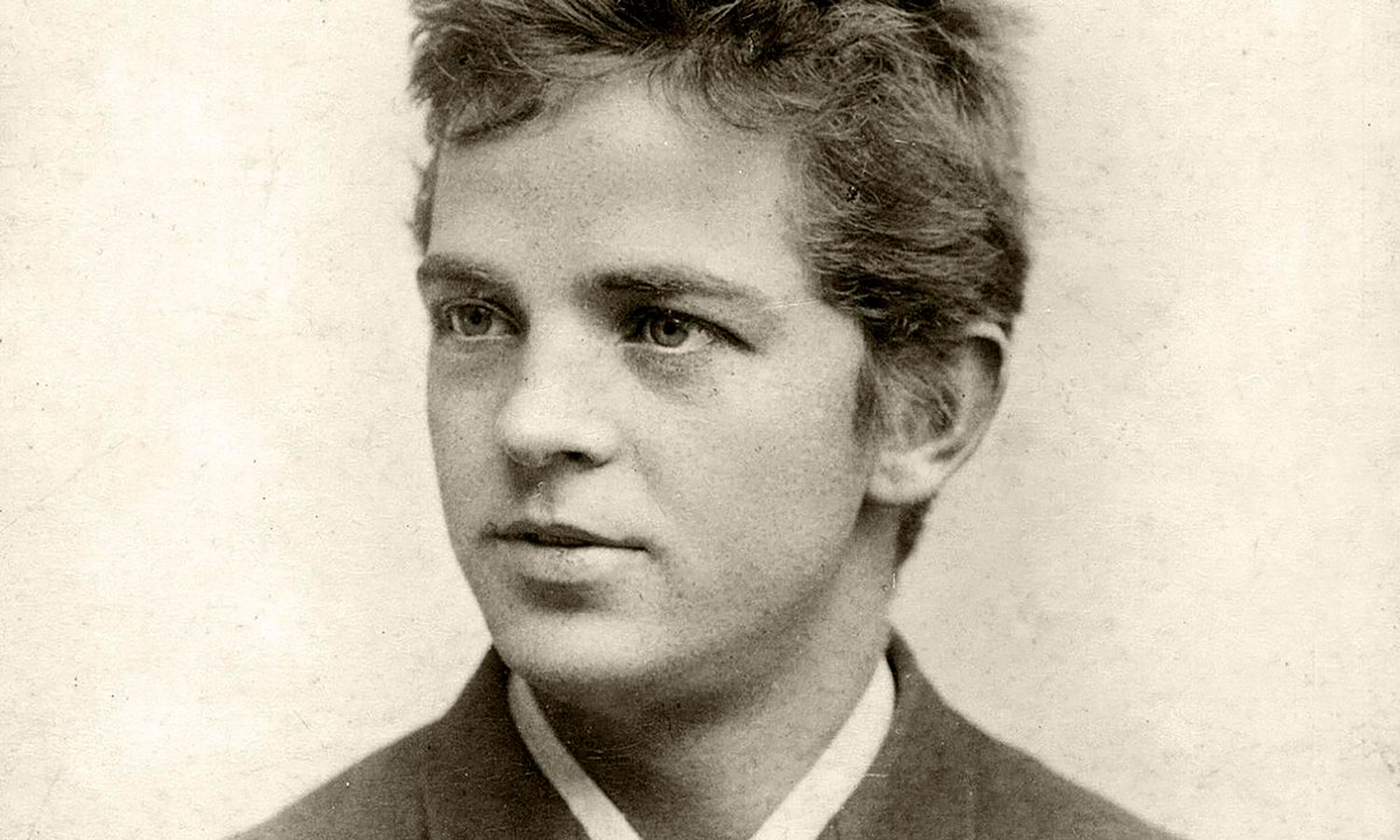Well-known composer
When it came to public attention that Vilhelm Andersen, a historian of literature, was working together with Carl Nielsen on an opera based on Ludvig Holberg’s comedy “Mascarade,” the project was regarded by many as sacrilege. Holberg (1684-1754) occupies a central position in the history of Danish Literature, especially as the creator of the classic character comedy in Danish. Several of his comedies belong to the Danish standard repertoire, among them “Mascarade”, intended by the author to be a contribution to the debate on public masquerades in the newly built playhouse in Grønnegade in central Copenhagen.
As the first performance approached, public criticism became so strong that Andersen and Nielsen started fabricating a pacifying prologue, which was to take the sting out of the criticism. Only lack of time saved it from being used at the first performance in the Royal Theatre on 11 November 1906. Carl Nielsen was conducting, and the cast included some of the company’s leading singers.
If the two authors had feared a failure, their misgivings were shown to be groundless by a good-humoured audience. During the rest of the season 1906-07 the work played for as many as twenty performances for full houses, and from the seventh performance onwards Frederik Rung and Carl Nielsen took turns to conduct it.
The press was less unanimous – especially concerning the relation of the libretto to Holberg. About the music there was general agreement. Virtually all reviews emphasized the first act as an unconditional success. Carl Nielsen himself was aware of the lack of balance in his opera, and shortly before his death he wrote in an article for a programme that “the second and third acts should have been compressed into one, and I also intend one day to add a bandage in the form of an orchestra interlude.” But he never managed to get this done.
A great many of Carl Nielsen’s compositions were commissioned, and the more famous he became the more commissions he received. Although we surely do not know of all the jobs which he turned down for one reason or another, it seems that he was not very good at saying no. This led every now and then to situations where he could only deliver commissions by employing extra manpower to do the fair copies and instrumentation (and even in some cases the actual work of composition). At such times his pupils and friends, such as Henrik Knudsen, Julius Röntgen and Emilius Bangert, had to lend a hand.
His commissioned works include almost the whole of his stage music, but also a whole series of cantatas of which a few extracts survive in the concert repertoire or as popular songs. Recent years have seen a number of recordings that give some idea of these aspects of Carl Nielsen’s musical universe. But a great deal of this music still gathers dust in archives.
The printed programme for Carl Nielsen’s concert on 28 February 1912 just mentioned a “Symphony (new).” But even before this symphony – Nielsen’s third – was repeated at the Royal Theatre on 4 May, the composer had found it convenient to turn the performance direction for the first movement into the subtitle of the whole symphony, which then became Sinfonia Espansiva. The Royal Theatre had broken its usual regulations and allowed the Chapel Royal Orchestra to perform the new symphony, under Carl Nielsen’s direction, from the stage. The acoustics proved unsatisfactory, and another performance was arranged for 21 May, this time with the orchestra playing from the pit. Carl Nielsen had already conducted the symphony with the Concertgebouw Orchestra in Amsterdam on 28 April, where both audience and press had given it a positive reception.
This symphony, in which the idyllic pastorale of the second movement includes parts for soprano and baritone (or tenor) voices without text, was written in 1910-11. When it was completed in the last days of April 1911, the composer felt that it was of a calibre that entitled it to a first performance outside Denmark’s borders. Through his friend, court singer Emil Holm, he tried to arrange for a premiere in Stuttgart, but this failed for various reasons. The symphony was nevertheless to be his international breakthrough: in 1913 he conducted it in Stuttgart, Stockholm and Helsinki, and the same year it was published in Leipzig by C. F. Kahnt for a much higher fee than he could have hoped to receive from his usual Danish publisher, Hansen.
At the February 28 concert Nielsen also conducted the premiere of a new violin concerto inspired by the Danish violinist Peder Møller. Møller had returned to Denmark after fifteen years in Paris and for financial reasons had accepted a position in the Chapel Royal. The concerto was started during a summer stay with Nina Grieg at Troldhaugen outside Bergen, where Carl Nielsen was allowed to borrow Grieg’s little working cabin near the water. But the work was not completed there, nor during the following stay at Damgaard in Jutland. Therefore Nielsen had to work through the nights during the autumn for the concerto to be ready for its first performance together with the symphony.
This concerto should really have been dedicated to Peder Møller, who also performed it with great success the following year in Stockholm, Helsinki and Gothenburg , and later on in Paris, Berlin and Oslo among other places. But for some reason or other Nielsen did not do this from the start. His last chance to make amends was on publication of the concerto in 1919, but by then he had a violinist as his son-in-law, Emil Telmányi, who also wanted to perform this technically demanding concerto (and did so for the first time in 1920 under Carl Nielsen’s direction).

